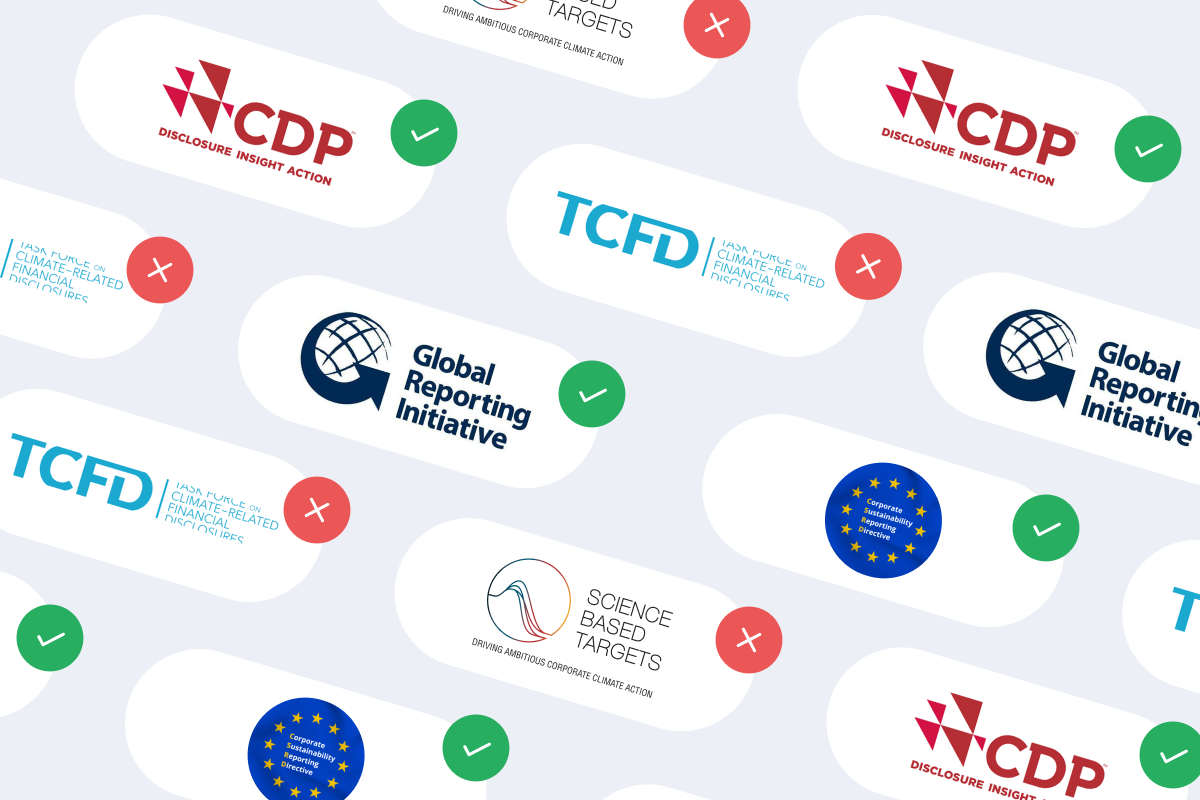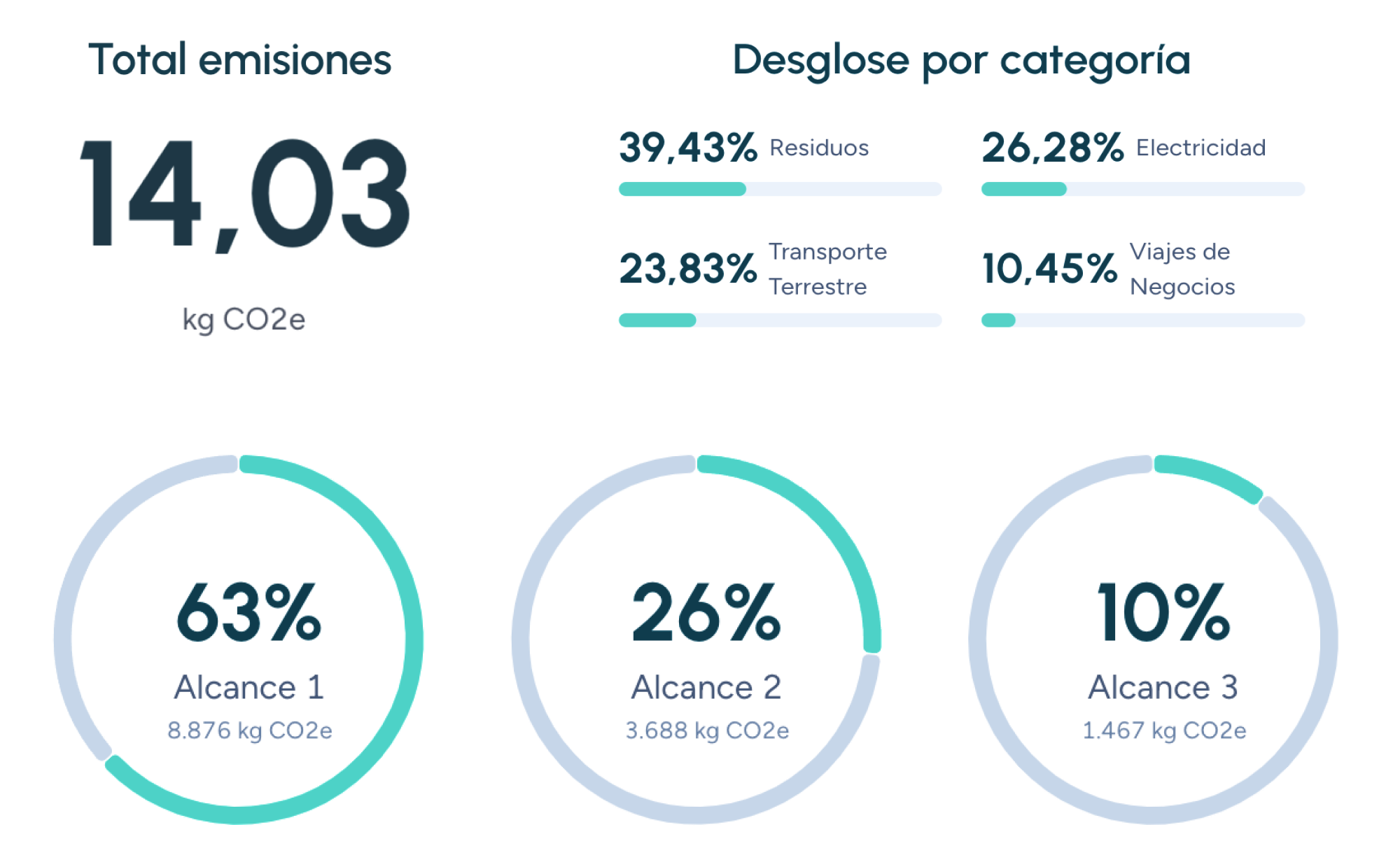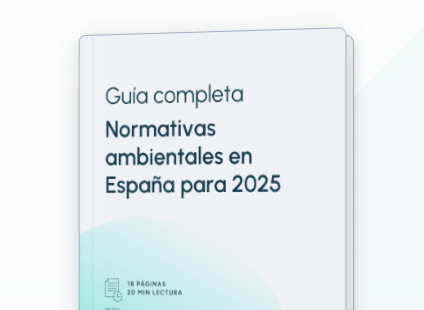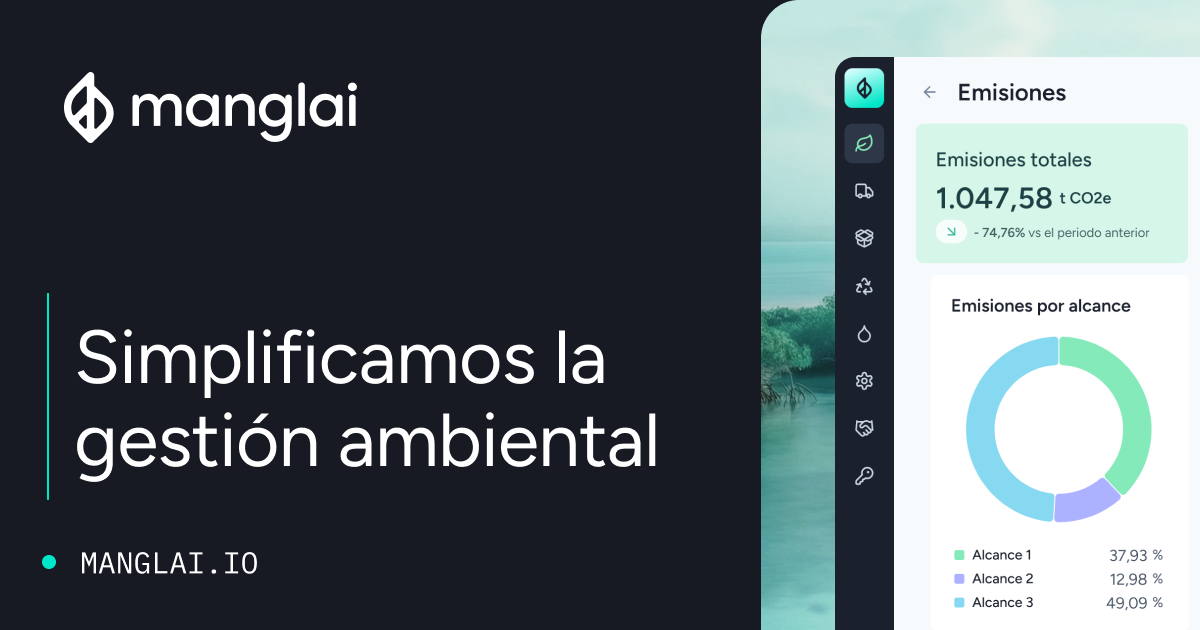Back to the blog
Product carbon footprint
Life Cycle Assessment (LCA): How to Evaluate a Product’s Environmental Impact
Jaume Fontal
CPTO & Co-Founder
Major brands can no longer just claim to be eco-friendly: regulators and consumers demand quantitative evidence.
Life Cycle Assessment (LCA) provides that hard data, as it measures all environmental impacts associated with a product from raw material extraction to its end of life.
In this article, we’ll explain what Life Cycle Assessment is and how it’s used to evaluate the environmental impact of a product.
What is Life Cycle Assessment (LCA)?
Life Cycle Assessment (LCA) is a standardized scientific methodology used to systematically evaluate the environmental impacts associated with all stages of a product’s, process’s, or service’s life—from raw material extraction (cradle) to final disposal (grave). This tool is essential for identifying, quantifying, and minimizing the negative effects that an activity can have on the environment.
Why is LCA important?
LCA provides a holistic and objective view of environmental impact, avoiding the shifting of problems from one life cycle stage to another or between different impact categories. Thanks to this global perspective, companies and organizations can make informed decisions to optimize resources, cut costs, and improve the sustainability of their products and services.
LCA Phases: How is it structured?
The LCA process is divided into four main phases, according to ISO 14040 and ISO 14044 standards:
Phase 1: Goal and scope definition
The functional unit is identified (a 500 mL glass bottle, one kilometer traveled, etc.), and system boundaries are set. Including “cradle-to-grave” avoids omissions that could distort results.
Phase 2: Life Cycle Inventory (LCI)
Kilowatts, liters, and kilograms are recorded for each process. Primary data comes from meters or ERPs; secondary data comes from databases like Ecoinvent or Agrifootprint. The 80/20 rule applies: the five most impactful processes often account for over 70% of the total impact.
Phase 3: Life Cycle Impact Assessment (LCIA)
Using methods like ReCiPe 2016 or Environmental Footprint 3.1, the inventory is translated into indicators such as climate change, eutrophication, toxicity, or water footprint.
Want to see how the latter is calculated? Check out our article on Grey Water Footprint.
Phase 4: Interpretation and improvement
LCA reveals “hot-spots.” For example, in a PET bottle blown with steam, the blowing process accounts for 42% of the climate impact—switching to renewable electricity reduces it significantly.
Key Indicators in Environmental Impact Assessment
LCA uses various indicators to measure the environmental impact at each life cycle stage of a product:
- Greenhouse gas emissions (GHG): carbon dioxide (CO₂), methane (CH₄), nitrogen oxides (NOx).
- Energy consumption: energy used in extraction, manufacturing, transport, and end-of-life.
- Water consumption: water used in production processes.
- Waste generation: solid, liquid, and air emissions.
- Resource depletion: use of non-renewable raw materials.
What are the applications of LCA?
LCA is applied across multiple fields and sectors, including:
- Ecodesign: helps optimize materials and processes to reduce environmental impact from the design phase.
- Public policy and regulations: serves as a basis for developing standards and eco-labels.
- Environmental Product Declarations (EPDs): facilitates transparent communication of environmental performance.
- Product comparisons: helps select the most sustainable option among technological or material alternatives.
LCA: Advantages and Limitations
Advantages
- Provides a comprehensive, scientifically-based assessment.
- Supports strategic sustainability decision-making.
- Enhances credibility and transparency with clients and regulators.
Limitations
- Requires specialized software and extensive databases.
- Can be costly and complex, especially for SMEs.
- Result interpretation demands technical expertise.
How to Start Measuring Environmental Impact
To get a first estimate, you can use Manglai’s environmental impact calculator, which lets you estimate CO₂ emissions, energy use, and other key indicators in under five minutes. For official and detailed studies, a full life cycle assessment is recommended.
FAQs about LCA
Is an LCA required to declare a carbon footprint?
No, but ISO 14067 requires boundary justification; a simplified LCA is often the most robust solution.
Is LCA mandatory for all companies?
It’s not mandatory in every sector, but an increasing number of regulations and clients require it as proof of sustainability.
Can I compare different products using LCA?
Yes, as long as they serve the same function and system boundaries are clearly defined.
What’s the difference between LCA and carbon footprint?
LCA is broader: it includes multiple impact categories, while the carbon footprint only measures greenhouse gas emissions.
Jaume Fontal
CPTO & Co-Founder
About the author
Jaume Fontal is a technology professional who currently serves as CPTO (Chief Product and Technology Officer) at Manglai, a company he co-founded in 2023. Before embarking on this project, he gained experience as Director of Technology and Product at Colvin and worked for over a decade at Softonic. At Manglai, he develops artificial intelligence-based solutions to help companies measure and reduce their carbon footprint.
Content
Companies that trust us

Real Decreto 1055/2022: Key aspects of EPR for commercial and industrial packaging in Spain
Discover how to comply with Real Decreto 1055/2022 and apply Extended Producer Responsibility (EPR) to commercial and industrial packaging.
20 October, 2025
Direct vs. Indirect Environmental Impact in Environmental Analysis: What’s the Difference?
Understand the distinction between direct and indirect impact in environmental analysis.
16 July, 2025
Environmental Transparency in Products: How to Communicate Sustainability for Responsible Consumption
Learn how product transparency drives sustainability and informed choice.
14 July, 2025
Guiding businesses towards net-zero emissions through AI-driven solutions.
© 2025 Manglai. All rights reserved
Política de Privacidad


